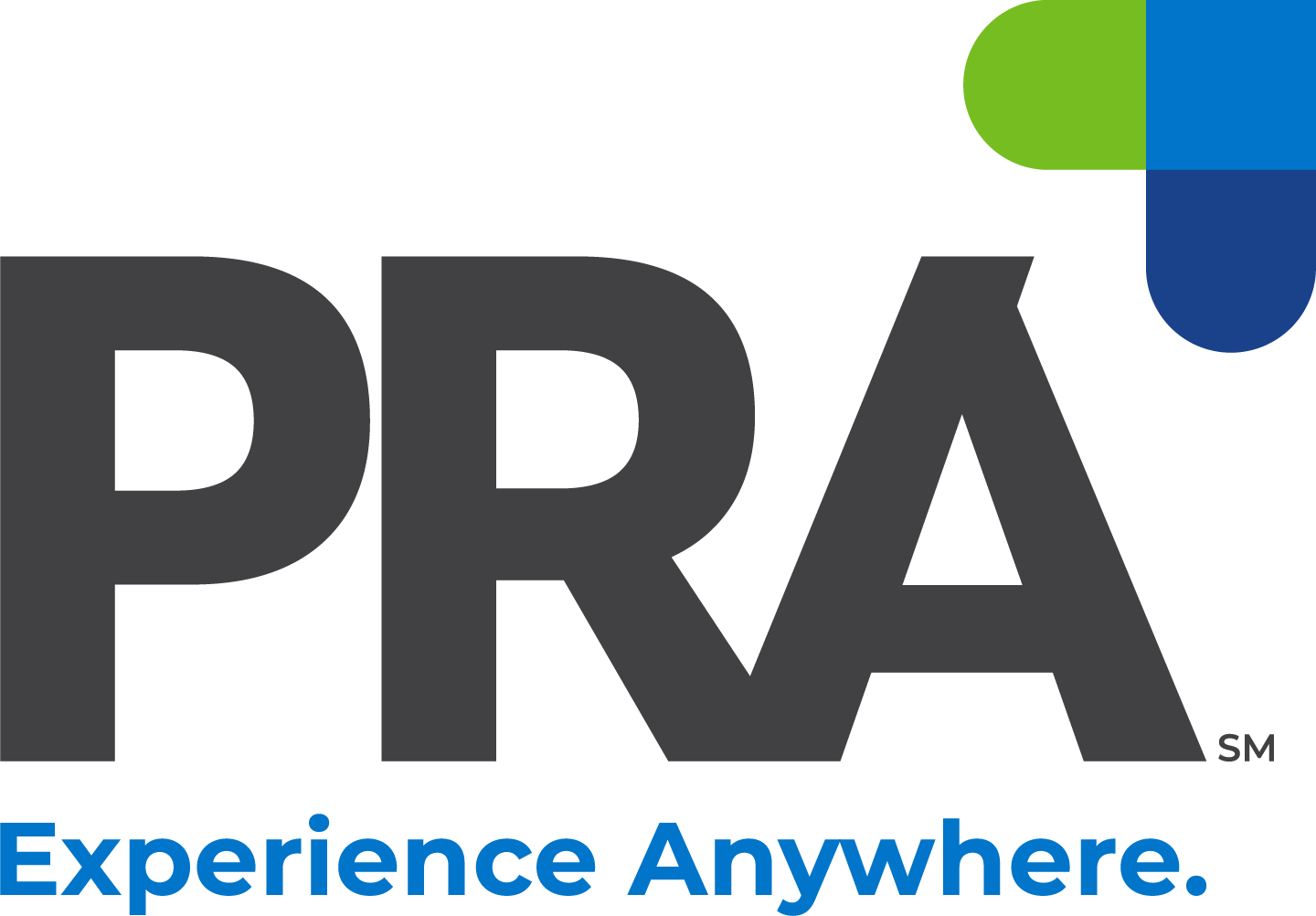Uncovering Unconscious Bias in Today’s Workplace with Annette Gregg
Traditional approaches to pr
Biases help us make sense of the millions of pieces of data that we encounter daily. It is a normal part of how humans make decisions. It’s a “mental shortcut” that fills in gaps in our knowledge with similar data from past experiences and cultural norms. Unconscious bias applies to how we perceive other people. It is not necessarily a bad thing, but it can lead to bad decisions. These shortcuts create prejudices that over time create the lenses through which we process information and make decisions. If we are serious about promoting diversity in business, we need to ask ourselves about bias.
Skin color, gender and age are generally what people think of when they consider biases. Further, individuals can harbor unconscious prejudice about myriad characteristics. These include: height and weight, introversion and extroversion, marital and parental status, disability status, foreign accents, where someone attended college and hobbies or extracurricular activities.
How Unconscious Bias Threatens Diversity
Unconscious bias undermines diversity because it can lead to group think. People automatically thinking and acting like those around them because it is familiar and comfortable. This plays out in the leaders we choose, the staff we hire and opportunities we extend. Harvard University launched a research project to demonstrate how common hidden biases are. The researchers found that at least 70 percent of hidden biases are directed toward African-Americans, the elderly, the disabled and overweight individuals.
In a well-documented experiment, Harvard MBA students evaluated the same successful case study of an entrepreneur. Half the class had a version where the person was a male, half had a version in which the person was a female. The students with the male character identified his traits for success as leadership and direction, while the students with the female entrepreneur identified her as bossy and overly direct. This reflected the students’ hidden biases with how male and female leaders should act.
We may think that we never fall prey to such bias, but we do every day. Do we hire people who we can relate to or that look like us? Or do we promote people that remind us of ourselves? Are opportunities given to those we relate to? Do our board members resemble our perception of a typical leader in some way? Consider this: less than 15 percent of American men are over six feet tall, yet almost 60 percent of corporate CEOs are over six feet tall. Less than 4 percent of American men are over six feet, two inches tall, yet more than 36 percent of corporate CEOs are over six feet, two inches tall.
Needless to say, collective unconscious bias makes it an uneven playing field in business. Further, it can help form belief systems that people use to limit themselves. From an article in the UK Guardian titled “Is Women’s Own Unconscious Bias Holding Them Back?” (April 2016): “Women’s unconscious beliefs about career advancement could be holding them back from reaching the top. Bias comes in many forms, from assuming you need to take on more masculine characteristics to succeed to doubting your abilities and strengths.”
In fact, men apply for a job when they meet only 60 percent of the qualifications, but women apply only if they meet 100 percent of them.
How We Overcome Unconscious Bias
Even when identified, these prejudices can be difficult to abandon. As you identify with your prejudices, it can feel like you are surrendering part of yourself up, or betraying your cultural identity for someone else you don’t know. These issues are often the main cause why many are reluctant to overcome their bias. Of these problems, we ask the same question—is it causing you more harm than good?
The place to start in overcoming bias is realizing that it exists whether intentional or not—it’s neuroscience. Once we agree that these prejudices exist, we need to build awareness of our own biases. Get others to check our assumptions. By doing so, we can think through how our prejudices may be formed from our history, emotion, friends or collective thought. Take the Harvard test on implicit awareness (implicit.harvard.edu). You might be surprised with what you learn about yourself.
Next, we need to see how we can influence the cultures and groups we are in. Christine Lagard, CEO of the International Monetary Fund, describes how she creates an environment that welcomes divergent viewpoints as part of NPR’s The Changing Lives of Women series: “I’m the single voice constantly in a room full of men, it’s only going to carry the organization so far. Where I think it really makes a difference is when I can endorse women in the middle management, or upper-middle management and make them—generally in the minority—comfortable, confident, prepared to share their views.”
The Level Playing Institute in San Francisco suggests companies review every aspect of the employment life cycle for hidden bias. This would include screening resumes, interviews, on-boarding, assignment process, mentoring programs, performance evaluation, identifying high performers, promotion and termination. Further, see whether resumes with roughly equivalent education and experience are weighted equally. Make sure that the names are gender/race/culturally distinct.
Try mentoring someone different from yourself. By giving back, you learn more and get out of your personal comfort zone by mentoring someone different from you. Ideally aim for two or more degrees different across dimensions like age/race/gender/educational background/politics/class.
As we strive to understand others around us and their unique perspectives, we will all win. “When we get conscious about managing diversity, we are tuning in to the indicators around us that tell us everyone does not see the world the way we do. While we know that intellectually, when it plays out in a difference of opinion, a different response, or a different way of being, behaving, dressing, talking—you name it, we forget that everyone is not ‘just like me.’” (Dr. M. Elizabeth Holmes, executive vice president and chief learning officer, Roosevelt Thomas Consulting & Training, from Getting Conscious About Managing Diversity).
This is an excerpt, adapted for our blog, from Annette Gregg’s e-book. This e-book can be viewed here.




Leave A Comment